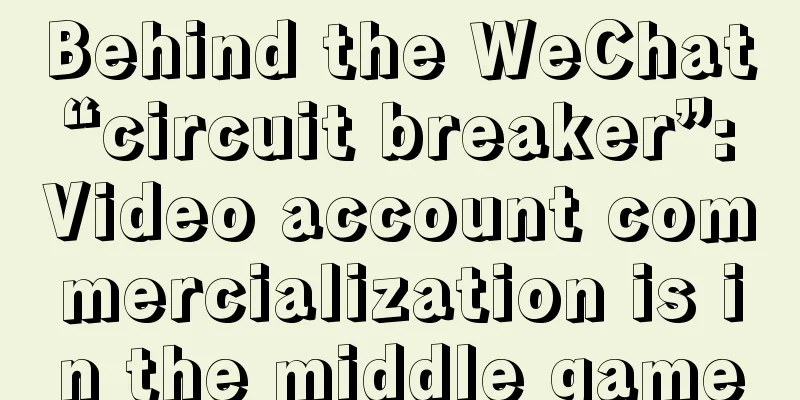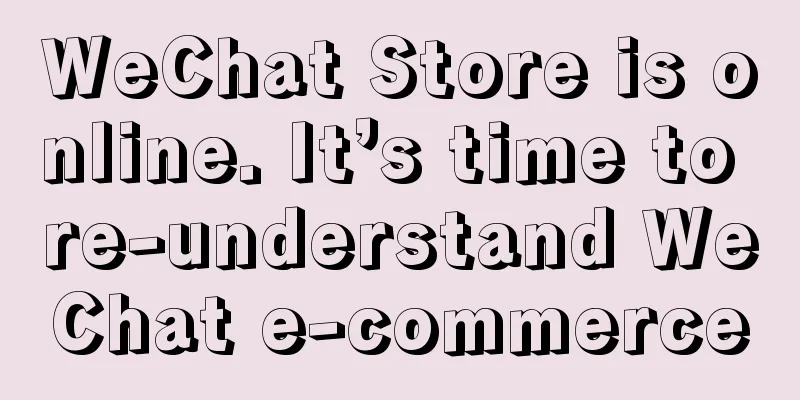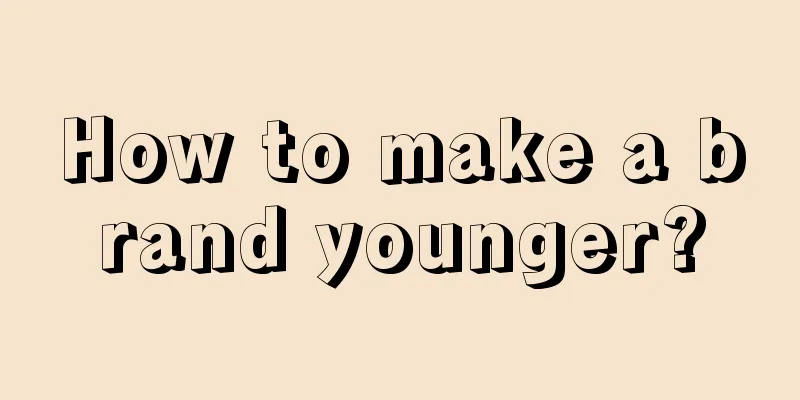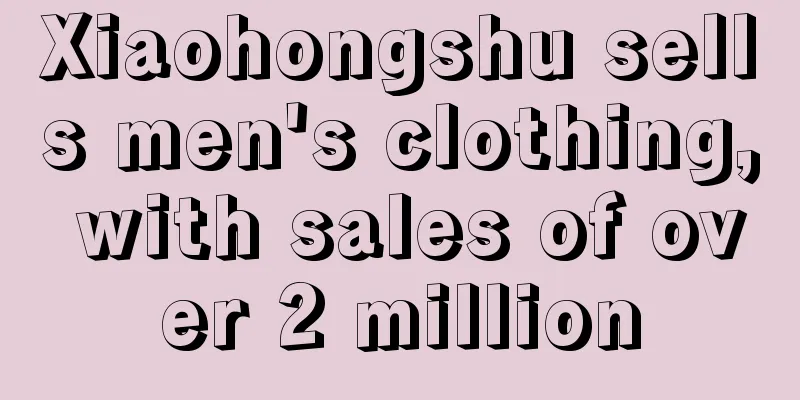The good news is that the advertising fees in the drama market are back again!

The advertising market is really a confusing and weird market. When I thought that a large amount of budgets were pouring into short videos and short dramas, advertisers came back and began to intensively invest in long video dramas. Taking H1 as a reference period, there were 139 dramas on online video platforms in the first half of 2023, with 335 investment clients. The number of dramas in H1 this year dropped to 122, but the number of advertisers soared to 527, an increase of 57.3%, which is equivalent to four or five brand owners sponsoring each drama (source: Jirang data). An agent friend told me that JD.com actually stopped investing in brand patches for online videos in 2022 and switched to bidding, but this year it became a sponsor of "Joy of Life 2". A friend of mine who works in Youku TV drama investment promotion also told me: "Last year, some advertisers ignored you, but now they are all asking for the drama list for the second half of the year. The summer season is a peak season for drama broadcasts every year, and it is also a peak season for many new fast-moving consumer goods to be launched. It is estimated that there will be another wave of market in the second half of the year." This is really good news for the drama market: brand advertising fees are back! 01 The negative effects of short videos have been eliminatedIn recent years, due to large traffic, high advertising efficiency, short and fast marketing links, and low delivery costs, short video platforms have formed a fierce impact on OTV online video platforms, and brand advertisers' advertising budgets on OTV have been siphoned away by short videos. For example, in the past few years, consumer product clients on Tmall reduced their budgets on Youku, and allocated part of it to Tmall for e-commerce advertising with conversion effects, and part of it to Xiaohongshu for brand promotion. Following iQiyi, Tencent Video and Douyin also reached a cooperation last year, officially marking the end of the long-short war. All OTV platforms have realized that after experiencing fierce competition and collisions with short video platforms, both sides have returned to their own tracks. OTV and short videos have found their own ecological niches and formed a substantial division:
In particular, the advertising revenue focus of Douyin and Kuaishou has been placed on e-commerce, life services and other businesses. The platform's advertising model is getting closer and closer to the transaction link, forming a "quick investment and quick cut" marketing model. This marketing model has allowed many advertisers to see firsthand the ability of short videos to boost sales on e-commerce platforms. Advertisers who have tasted the sweetness have begun to use growth thinking to build brands, and are obsessed with short-term indicators such as ROI and ROAS. Adidas once allocated 77% of its advertising budget to performance advertising, and brand advertising was reduced to 23%. However, after going all in on short videos, many brands, especially large advertisers, have experienced the side effects of “ quick investment and quick cuts ”: Due to over-reliance on performance advertising and focusing only on short-term user growth and revenue, brands have fallen into the quagmire of fragmented content. Users constantly "swiping" their phones are equivalent to being in a state of " shallow awakening ". This makes it impossible for brands to have a deep impact on target users, and brand assets cannot be accumulated. On the other hand, advertising is becoming more and more inward-looking. Consumers are becoming more sensitive to product prices and will further ignore the value of the brand; once advertising is stopped, sales will decline rapidly. However, as traffic costs continue to rise, marketing efficiency is becoming slower and slower, and the momentum for growth is also decreasing. We have always believed that KOC promotion and product-sales integration are the most advanced marketing forms for brands in the future. Looking back, the negative impact of short videos on OTV platforms has been exhausted. Many brands have not given up the traditional communication model, and investing in long-form content and occupying the minds of users is still a rigid marketing need. 02 The drama market is improving, and OTV has stabilized its value baseFrom last year's "Kuang Bi" to this year's "Joy of Life 2", the total online drama playback volume in the first half of this year was 53.4 billion, an increase of 35.2% over the 39.5 billion playbacks in the same period last year (source: Lighthouse data). As the market continues to improve, the marketing value becomes apparent: The audience of OTV dramas has not changed fundamentally, and they are still the same: young and wealthy female users in first- and second-tier cities. On the platform, brands can more easily target the target group without sophisticated algorithms and complex mining. Isn't this a natural open-air gold mine? I've always said that advertising is like digging for gold. Short video information flow is like digging for gold in an underground mine, which requires powerful detection technology, advanced mining equipment and complex subsequent purification processes. Advertising in the series is like buying an open-pit mine. It is not only safer and has better production conditions, but also has extremely low mining costs, a fast purification process, and higher mining efficiency. Moreover, when watching a drama, it is usually a leisurely and comfortable environment. Full-screen playback can achieve an immersive audio-visual experience, which is conducive to the brand's use of IP content to influence the user's mind. Moreover, the 40-minute plot is the content that can truly shape the brand's mind. All along, the general feedback from advertisers is that due to the impact of OTV’s member-first strategy, there is a severe shortage of high-quality advertising inventory, and advertisers can only rely on grabbing it. I personally experienced a rush for top IPs in 2018. At that time, I was responsible for the TOB communication of Youku's "The Advisors Alliance 2". The creative inserts visible to members had just become popular, and the investment resource package was just released internally, and it was snapped up in 10 minutes. With the increase in drama playback volume in the first half of the year, advertising inventory has been alleviated. At the same time, in order to increase advertising revenue, OTV platforms have begun to further test the bottom line of users' tolerance for advertising. They continue to develop and optimize online advertising styles, such as content-targeted delivery (Youku calls it Smart AI Stickers, iQiyi calls it AI Band-Aids, and Tencent Video calls it "Shadow-like") to achieve scale and standardization. In 2023, iQiyi contributed 50% of the platform's brand advertising revenue with the help of content-targeted advertising for dramas and variety shows. The platform has also further opened up IP element licensing (eg launching joint products with tea brands), explored offline marketing methods (eg combining publicity and promotion with roadshows), and further attracted the budgets of more advertisers. In short, as users gradually give up part of their viewing experience, the platform's advertising business has stabilized its basic market. But at the same time, it should be noted that OTV advertising styles have reached their limit and users' tolerance has reached its limit. The fact that too many advertisements of Joy of Life 2 were on the hot search list is a sign of this. 03 More and more big brands are pursuing a sense of security and atmosphereBrand safety has always been a topic of concern to top advertisers. The hostility on the Internet is getting worse and worse. A slip of the tongue can easily be magnified infinitely, causing a brand public opinion incident. Although the country has repeatedly taken strong measures, there are still brands that continue to fall into the quagmire. in the country, a new car of a certain new energy brand was launched on the market. Its appearance was labeled as a coffin, and it was eventually canceled by a large number of users. The red bottle cap of a certain mineral water product was maliciously interpreted as the Japanese flag and labeled as pro-Japanese. Many leading advertisers realize that over-reliance on algorithms to reach users will cause the environment in which brand advertising exists to become out of control. Since most short video platforms have started to engage in closed-loop e-commerce, more and more small and medium-sized white-label advertisers have settled in, which has widened the depth of advertisers on short video platforms. The commercial content produced is also of varying quality, and there may even be borderline/vulgar clickbait content. Just like when I launched a new car worth 300,000 yuan, I was going to exhibit it in a high-end shopping mall, but the supplier set up the booth in a rural market. Not only did it fail to achieve effective exposure, it also lowered the brand's grade. For dramas on video platforms, the cooperating advertisers are all top brands with high requirements for brand materials. Brand marketing in a high-quality content environment can ensure quality and basic style and will not cause bad brand associations. At the same time, there is a new phenomenon: due to the higher dissemination potential of drama IP, more brands have taken IP as the planning axis of their marketing campaigns. Brand owners don’t think about how loud they can shout out through hawking-style advertising to make users remember them, but how they can use creative ideas to please the audience and make users like them. This atmosphere has created an advertising effect similar to the “Super Bowl”. During the Super Bowl, many brands will release very creative TV commercials to stand out and please the audience as much as possible. The audience will not be disgusted by the insertion of commercials, but will look forward to the Super Bowl commercials every year, and this sense of anticipation is also part of the Super Bowl carnival. Currently, the broadcasting of top dramas has also begun to form this friendly commercial atmosphere, further reducing the friction between business and content and increasing users' tolerance for brand advertising. Finally, just as I cannot infer that Mumbai is more developed than Beijing because there are more billionaires in Mumbai than in Beijing, the commercial value of top content and the advertising value of the entire OTV cannot be simply equated. Finally, the resurgence of advertising fees on TV series this time is essentially a rectification of the chaos after the long-short war, and it does not mean that the OTV platform is truly on the upward track in the advertising business, let alone expect a big explosion in the advertising business. Author: Swordsman Source: WeChat public account: "Daoke (ID: jianshishijie)" |
<<: Paying for knowledge is compound interest, but it should not be huge profits!
>>: I'll be frank: China's marketing has changed dramatically
Recommend
Big news! WeChat official accounts can finally change titles, and also launched the "content boost" function
Yesterday, WeChat official accounts made two impor...
Technology or business? A comprehensive review of the development path of data analysis
There are still many advantages and opportunities ...
Marketing budget is too small? Try this method
This article mainly introduces the concept of &quo...
Among the 5 types of knowledge payment, which one is the most profitable?
In this article, the village chief introduces the ...
User portraits are criticized as "useless"! How can we make them useful?
Why is the user portrait report you wrote useless?...
Awesome! I used a 500-view Douyin video to attract 19 targeted customers! The gameplay techniques of content-driven traffic are revealed for the first time...
The advent of short videos has led to the diversif...
There are two TikTok celebrities with a million in revenue, one harvests his father, the other harvests his mother
The celebrities in the field of entertainment on D...
From product inspiration to brand strategy, these 6 cases explain how to play traceability marketing
This article uses 6 brand cases to explain how tra...
Necessary understanding: Boss, it’s not that I can’t do it, it’s that we consumers are not ready
Brand marketing often faces a problem: Why can oth...
How to operate physical stores in the same city?
Physical store operations face many challenges, su...
How much does it cost to open a store on Amazon North America? What materials do I need to prepare?
With the rapid rise of the global e-commerce marke...
2022, consumption is not abandoned
In 2022, the consumer industry encountered unprece...
Improve conversion rate by 90% and build a private domain label system from 0 to 1
With the development of science and technology, Ch...
How to set product attributes on Shopee? What are invalid attributes?
Shopee product attributes highlight the characteri...
40+ sisters, mass-produced women's clothing live broadcast room with GMV exceeding 100 million
As the live streaming industry is developing rapid...









